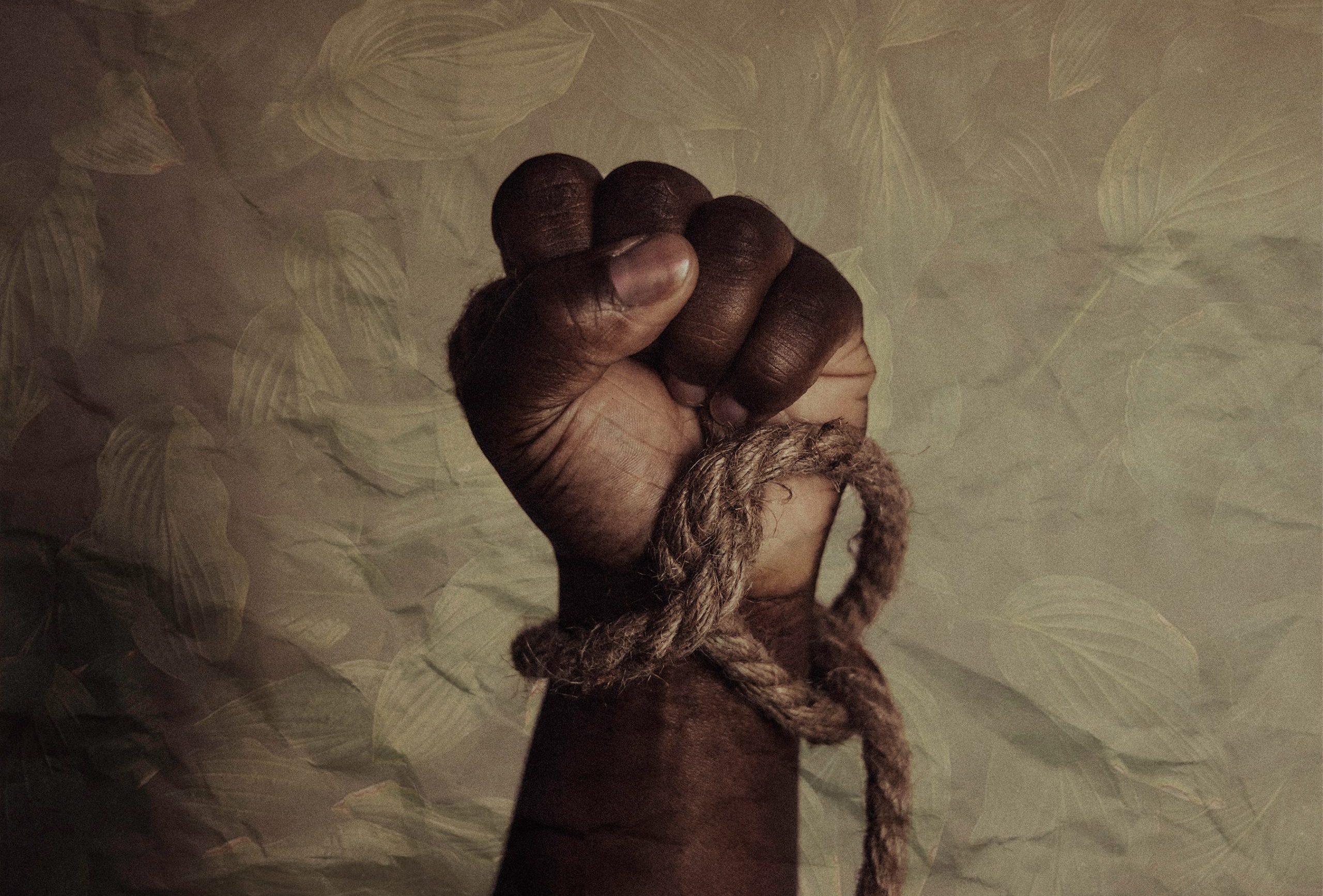
Ian Patrick, FISM News
[elfsight_social_share_buttons id=”1″]
While no one is ignorant to the existence of human trafficking and slavery, a new report from the United Nations shows that the heinous industry has increased over the last few years.
The latest Global Estimates of Modern Slavery released by the United Nations revealed that 49.6 million people were found in modern slavery situations based on data compiled throughout 2021. Specifically, 27.6 million were found in forced labor while 22 million were found in forced marriages.
The report, conducted by International Labour Organization (ILO), International Organization for Migration (IOM), and the international human rights group Walk Free, states that the total number equates “to nearly one of every 150 people in the world” living in slavery.
For the means of data collecting, forced labor was defined as “all work or service which is exacted from any person under the menace of any penalty and for which the said person has not offered himself voluntarily,” and forced marriage applies to “anyone forced to marry at any time in their life, without their consent, and who are still alive and living with their partner.”
The United Nations says that the numbers for both subjects of modern slavery increased when compared to its previous data analysis.
“Compared to 2016 global estimates, 10 million more people were in modern slavery in 2021, with women and children disproportionately vulnerable,” a write-up of the report says.
Sadly, there were 3.3 million children reported to be “in situations of forced labour, accounting for about 12 percent of all those in forced labour.” Highlighting the horrors of this practice, 51% of the children in this category of modern slavery are in sexual exploitation situations specifically.
As for adults, “migrant workers are over three times more likely to be in forced labour than other adult workers.”
The increase for forced labor “was driven entirely . . . in the private economy, both in forced commercial sexual exploitation and in . . . in other sectors.” The report partially blames “the COVID-19 pandemic, armed conflicts, and climate change” for the increase in the numbers, as well as for education disruption, violence, and poverty.
Forced marriage showed the greatest increase between 2016 and 2021 at 6.6 million. Unfortunately, the UN expects that the true number of forced marriages “is likely far greater than estimates capture since they are based on a narrow definition that excludes some child marriages.”
The report says that many forced marriages are usually within a certain cultural context, but family pressure accounted for 89% of all of this category. Nine million of the reported marriages included at least one child, and almost 87% of all children forced into marriage were girls.
Modern slavery is not an isolated phenomenon. Reports of both forced labor and marriage cropped up in six of the seven major continents (no data was provided for Antarctica).
In addition, modern slavery does not discriminate by class or wealth. “More than half of all forced labour and a quarter of all forced marriages can be found in upper-middle income or high-income countries,” the write-up explains.
ILO Director-General Guy Ryder reflected on the report and commented on the “shocking” feeling “that the situation of modern slavery is not improving.” He also told Reuters that he believes people have “taken our eye off the ball when it comes to forced labor.”
As for how modern slavery can be addressed, Ryder said there needs to be an “all-hands-on-deck approach” to the situation. He said governments should implement “effective national policies and regulation” but that “trade unions, employers’ organizations, civil society, and ordinary people all have critical roles to play.”
The report details what is known as the 2030 Sustainable Development Goals, which are to end ” modern slavery among children by 2025, and universally by 2030.” The goals also plan on eradicating “all forms of violence against all women and girls in the public and private spheres . . . and ending abuse, exploitation, trafficking and all forms of violence and torture against children” by 2030.
As the 2025 and 2030 dates for achieving these ambitious SDG targets draw nearer, it is urgent that the global community gathers the will and resources to get progress towards ending modern slavery back on track. Promises and statements of good intent are not enough. While the principal responsibility for change lies with national governments, a whole of society approach is needed – the social partners, participants in the social and solidarity economy, civil society, survivor organisations, the business community, investors, and an array of other groups have critical roles to play.
Some of the recommendations given by the report “include improving and enforcing laws and labour inspections; ending State-imposed forced labour; stronger measures to combat forced labour and trafficking; extending social protection, and strengthening legal protections, including raising the legal age of marriage to 18.”
Still, other suggestions specifically address “the increased risk of trafficking and forced labour for migrant workers, promoting fair and ethical recruitment, and greater support for women, girls and vulnerable individuals.”
Of particular concern to the groups presenting the report is the plight of migrants. IOM Director-General António Vitorino said that the “report underscores the urgency of ensuring that all migration is safe, orderly, and regular.”
Some international groups and organizations, such as the International Justice Mission and India Partners, are tackling the issues of slavery and sexual exploitation around the world while also sharing the gospel of Jesus Christ with those who need it most. For more information on their work, click the links above.
